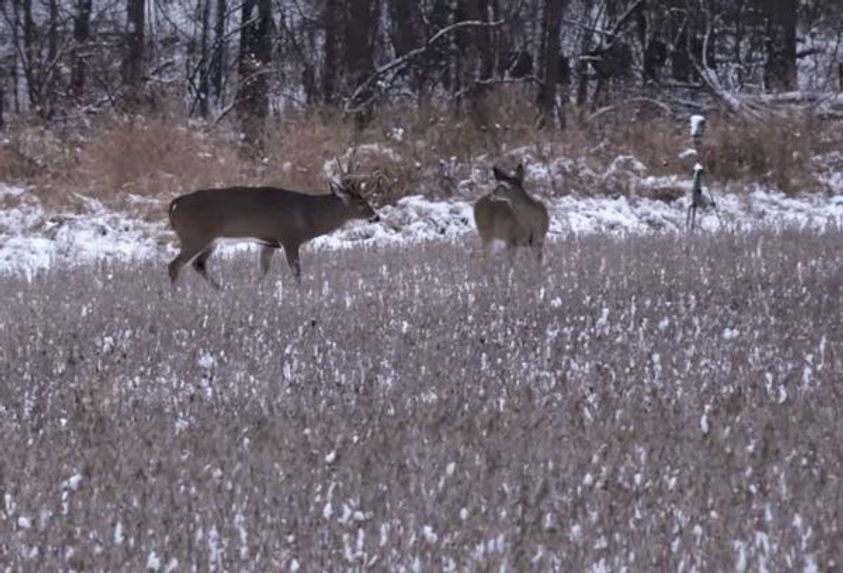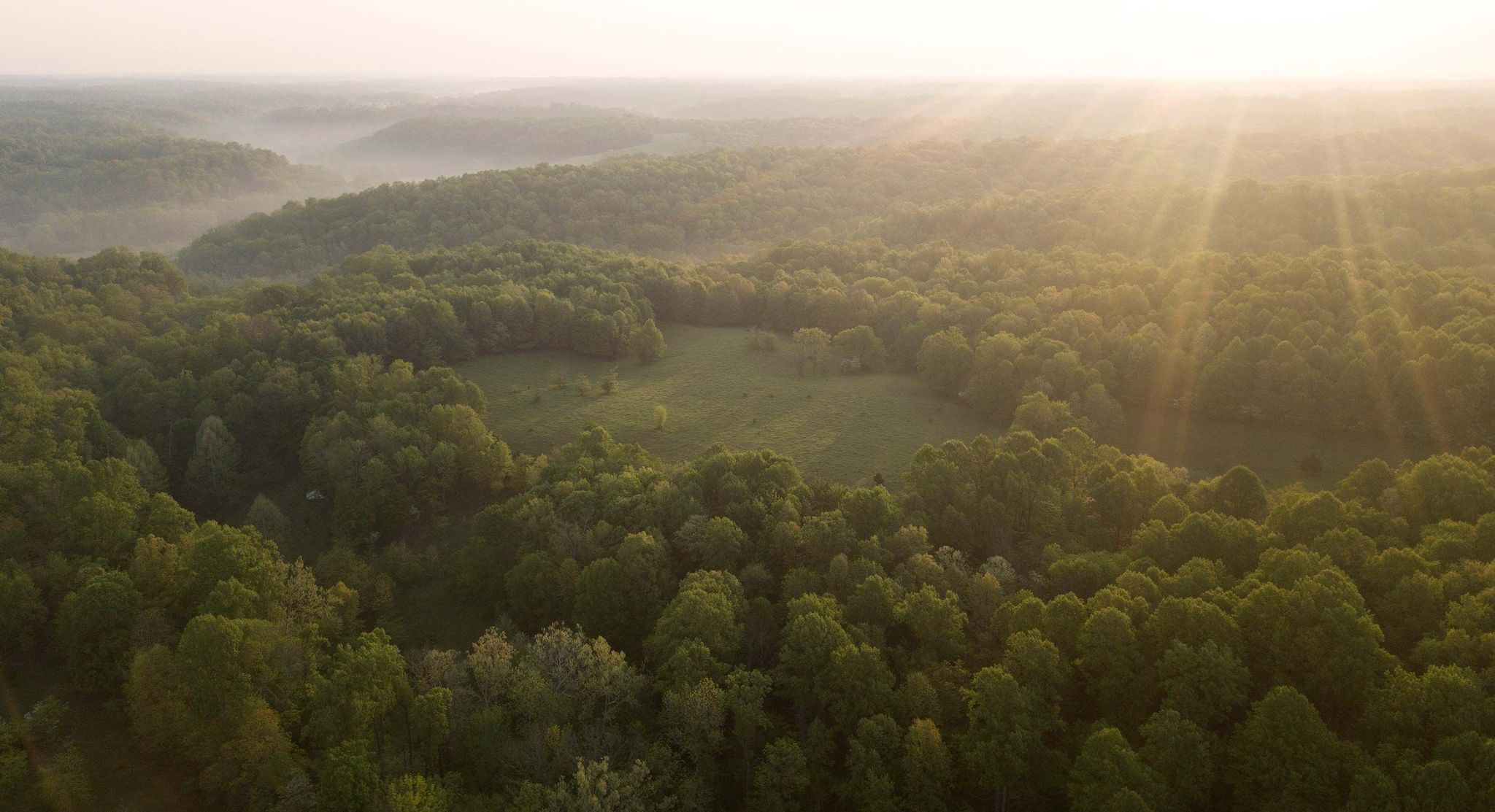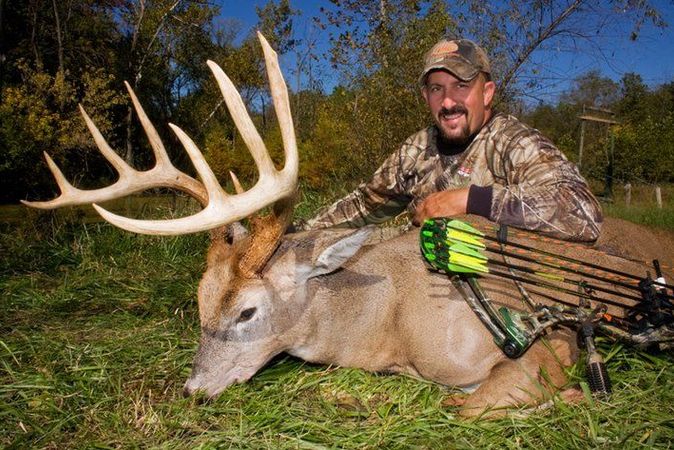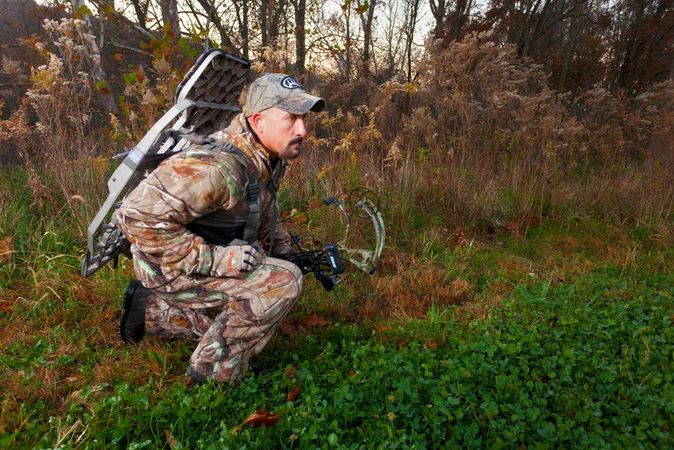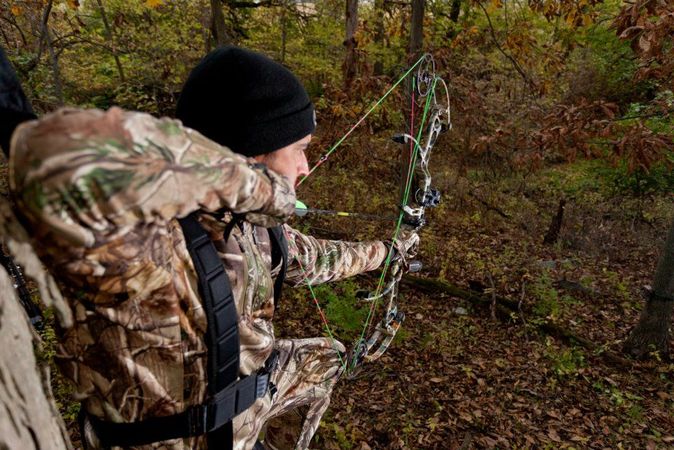Late-season deer hunting often comes with snow, ice, wind and a drop in deer activity. If you’re willing to brave the elements and put in some work, you can have success.
Countless articles on pursuing winter bucks advise hunting the food. While that’s certainly a starting point, there are several questions left unanswered. What kind of food? When? How? We asked a few Whitetail Properties land specialists for clarification and they offered some valuable late-season deer hunting tips.
Target Late-Season Food Sources
If you planted late-season food sources like standing beans and corn with a mix of Tall-Tine Tubers, the late season may be the best time of year to see a nice buck during daylight hours. A mature deer that has been nocturnal is forced to feed with the rest of the herd when the bulk of the food dwindles in the winter due to intense competition for resources.
In the video below, Iowa land specialist Rich Baugh took down a late-season buck he named Tumor that he hardly saw during daylight in the fall. As the season wore on and the mercury dropped, activity in his food plot picked up tremendously.
If you don’t have a late-winter food source on your property this season, hunt the trails leading to food on adjoining properties. The deer will be moving from their bedding areas to feed when cold fronts come through. Get as close to the food source as you can as it will act as a funnel.
If there are unbred, young does coming into estrus and motivating a second rut, you can bet the bucks will be on their tails. The best part is that these uneducated does are not as canny as mature deer and they’ll lead bucks along well-used trails and open food sources – not into heavy cover like the older does do.
Best Time to Hunt
Nearly all of our land specialists recommend skipping the morning hunt and opt only for the afternoon. You don’t want skittish bucks to know they are being hunted and the odds of bumping deer returning to a bedding area in the morning are high. Instead, scout food sources from the road or vantage points to identify how deer are leaving the food plot. Get into the stand early in the afternoon and wait for the deer to start coming from their beds.
Bumping a buck is not the only reason late-season afternoon hunts are better, though. The afternoon usually provides the warmest temperatures of the day and allow deer to conserve energy.
Late-season deer hunting is all about strategy, ensuring you can locate the deer without alerting them to your presence.
Fine-tune your hunting strategy based on scouting. Go where the deer are congregating, and if there is some late-rut activity present try some light grunting and rattling. One method that consistently pays off for Baugh is hunting from a Banks Blind right in the middle of a food plot where he’s not near a bedding area. It allows easy access and exit routes, and reduces the chance of being winded.
So this late season, think food. But also be cognizant of hunting pressure, weather and any residual rutting activity to give you a chance to encounter a buck whose only mistake may come after the rut.


